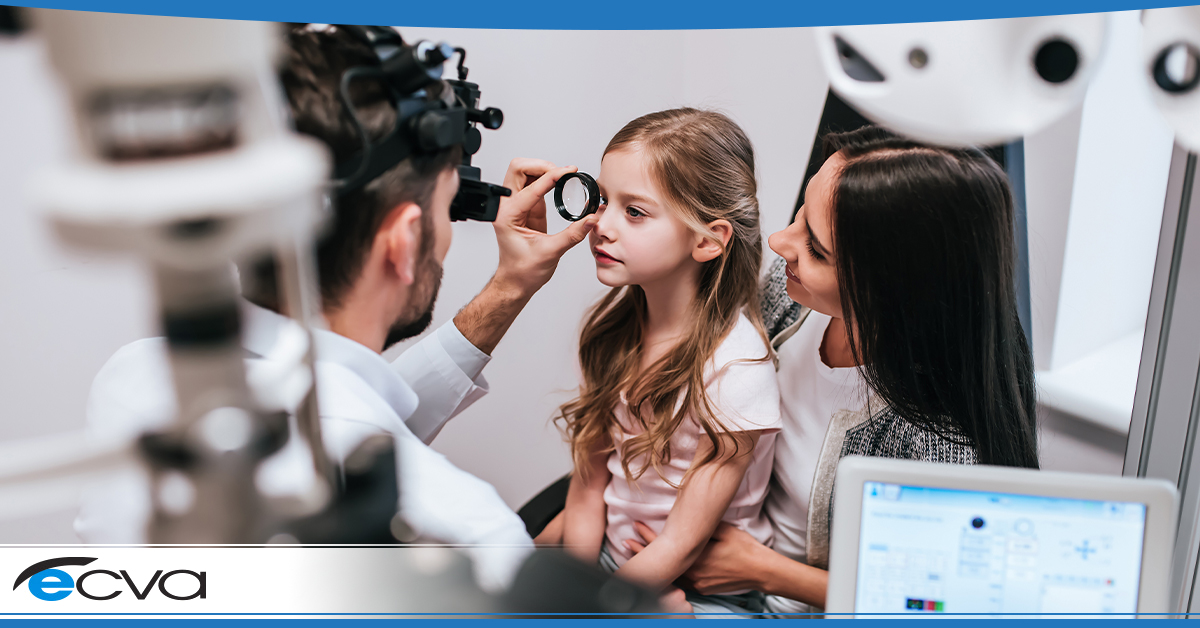Strabismus – the technical term for crossed eyes – is a condition where a person’s eyes don’t point in the same direction simultaneously. Typically, it presents with at least one eye pointing up, down, in, or out compared to the other. However, both eyes can be affected.
If you wonder what causes strabismus and what treatment options are available, here’s what you need to know.
Risk Factors for Strabismus
Generally, strabismus is caused by poor eye muscle control or development. For childhood strabismus, the exact reason for its occurrence isn’t always known. However, the condition tends to run in families, which could suggest a genetic component.
Certain medical conditions may make strabismus more likely in both children and adults. For example, any muscle or nerve impacting illness could increase the occurrence of strabismus, as well as premature birth. Connective tissue disorders may be responsible, as well as brain or eye tumors.
Head injuries can also cause crossed eyes if the movement controlling muscles or nerves are damaged. Graves’ disease or a stroke can lead to the condition as well.
For adults, blood vessel or eye damage can be responsible. Additionally, farsightedness, cataracts, or other conditions that cause the eyes to try and compensate for vision problems may lead to strabismus development.
Strabismus Testing
At times, identifying strabismus is fairly straightforward. If the eyes don’t point in the same direction, strabismus is the likely diagnosis.
However, additional tests are usually conducted to confirm strabismus. For example, your eye doctor may take turns covering each eye, allowing them to assess how each one turns and to what degree. It also allows them to determine under which conditions the turn happens.
Strabismus Treatment Options
Several strabismus treatment options available, though which one is best may depend on the severity of the condition. For mild strabismus, glasses may be all that’s necessary. For example, the lens over the impacted eye can be made with a prism, alleviating any symptoms while wearing their glasses.
In some cases, wearing a patch over the stronger eye (if one is unaffected) may help. It forces the weaker eye to do more work, potentially strengthening it and leading to better alignment. Certain kinds of eye exercises may also have a similar impact.
For many cases, strabismus correction surgery is necessary. With this, the eye muscles are adjusted to improve alignment. After surgery, additional vision therapy may be needed to enhance eye coordination and reduce the chances of a reversion.
If you or a loved one may have strabismus, it’s wise to make an appointment with your eye doctor right away. They can assess the severity of the condition and choose an appropriate treatment option, ensuring the misalignment is compensated for or corrected before it becomes more severe.
Western New York’s Best Eye Doctors
At ECVA, our staff works tirelessly to care for the eye health or our patients. If you suspect strabismus, schedule an appointment at your closest ECVA clinic today.










